What is a Journey Map?
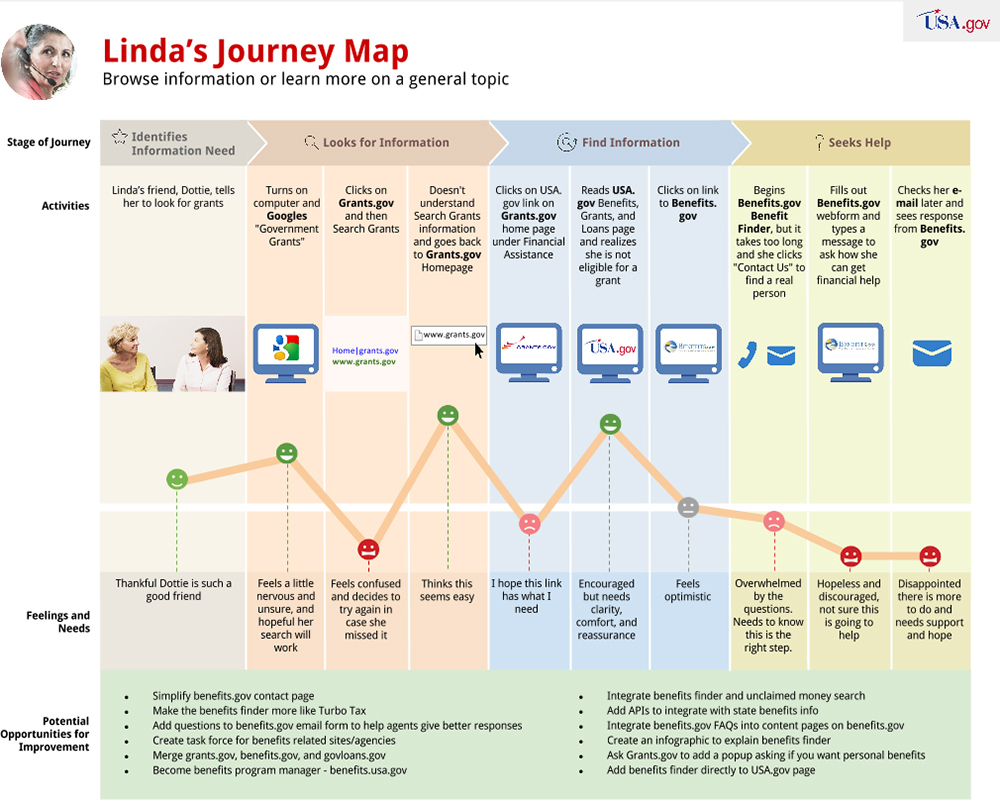
- What kind of organization does this journey relate to?
- Who is involved in the journey and what do they do?
- What are the stages of this journey?
- What activities happen in each stage?
- What are common challenges associated with each activity?
- What are solutions, and who would be responsible for implementing them? Developers? Regulators? Payers? Providers?
What are potential opportunities associated with each activity?
Journey maps serve groups of developers and decision makers by providing a clear visual to drive conversation, build consensus, and ensure that real problems are being addressed in a holistic manner. The basic elements of a journey map are:
- An ‘actor’
- The steps they take through a ‘flow’
- Opportunities or challenges encountered
The actual form of the journey map varies widely, based on what questions we need to answer. Journey maps can focus on the experience of groups of interrelated actors, or of a single actor.
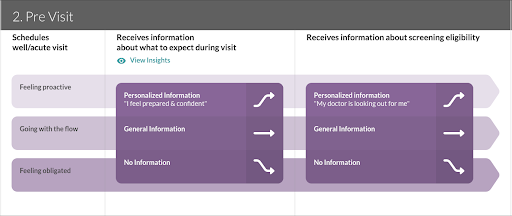
Mad*Pow calls out what informs and allows for ‘garden path’ or less desirable paths through the journey. The publicly available version has much of the detail for the ‘insights’ links removed, but is a useful framework for where to add additional details.
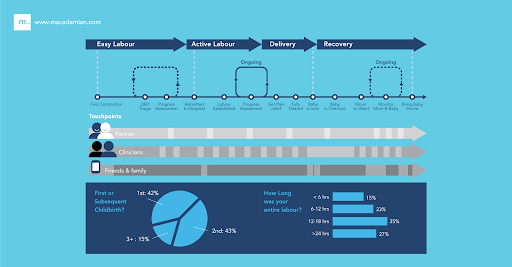
This example from Macadamian visualizes the journey of labor and delivery, including the patient, clinicians and the patient’s caretakers. It focuses less on the subjective experience of feelings and attitudes, and more on the touchpoints and moments of involvement. In addition relevant quantitative data is layered in to give more context to the journey presented.
EHRA Journey Mapping Workshop
At EHRA’s 2020 Usability Summit, attendees participated in a journey mapping workshop. Attendees included those with a wide range of experiences in the healthcare ecosystem including clinicians, user experience designers, product managers, health IT administrators, academics, and policymakers.
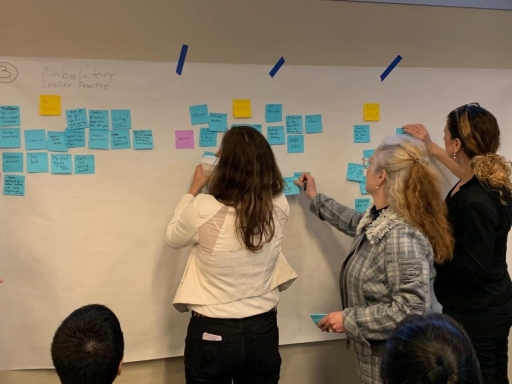
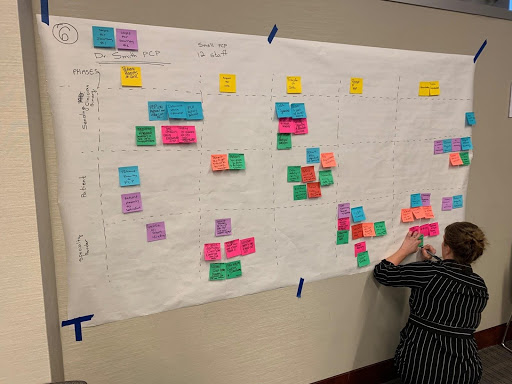
Workshop Process
At the EHR Association’s 2020 Usability Summit, attendees identified many EHR workflows that would benefit from journey mapping. Our workshop included:
Roles
- Who is involved in this journey and what do they do?
- When are they involved in the journey?
- How do their roles work together?
Stages
- What are the overarching stages of this journey?
- Where does it typically begin and end?
- How would you group the activities together?
Actions
- What are the activities that happen within a particular stage?
- Do these activities happen once or are they part of a recurring process?
Pain Points
- What are the common challenges associated each of the activities?
- What are the typical dependencies, constraints or limitations?
Opportunities
- What are the potential opportunities associated each of the activities?
-
What are the solutions, and who would be responsible for implementing them?
- EHR vendor
- Government/Regulatory
- Payers
- Providers
Workshop Outcome
The end result of the workshop produced a series of documents representing the collaboration of all event attendees.
- Transitioning a patient from one setting of care to another
- Completing a prior authorization
- Viewing a longitudinal patient record
- Electronically integrating clinical information into a single record
- Completing a patient portal registration
- Documenting a patient encounter in a way that facilitates the capture of billing and quality data
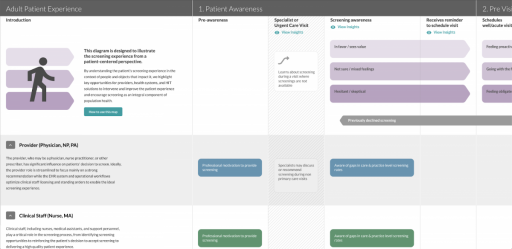
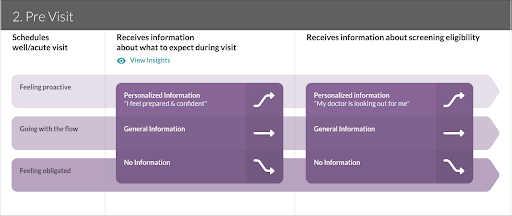
https://www.madpow.com/insights/2019/11/interactive-journey-maps
https://madpowprojects.com/IJM/
https://www.macadamian.com/learn/healthcare-customer-journey-mapping/


